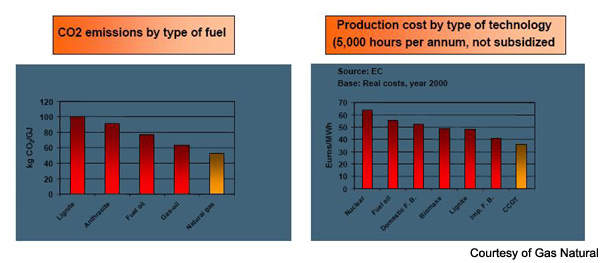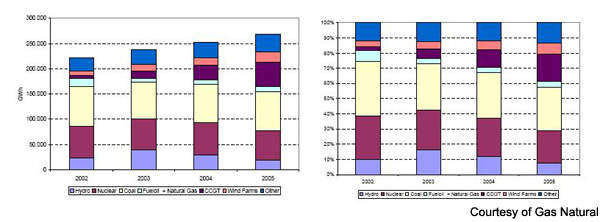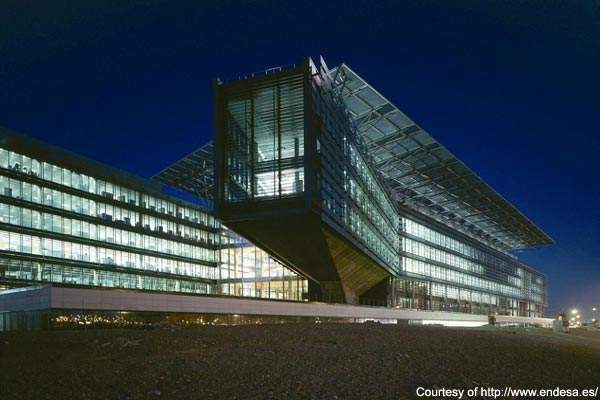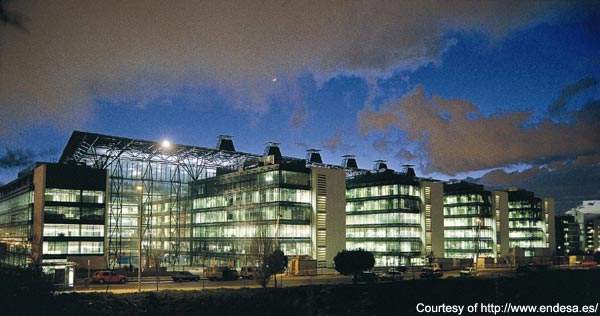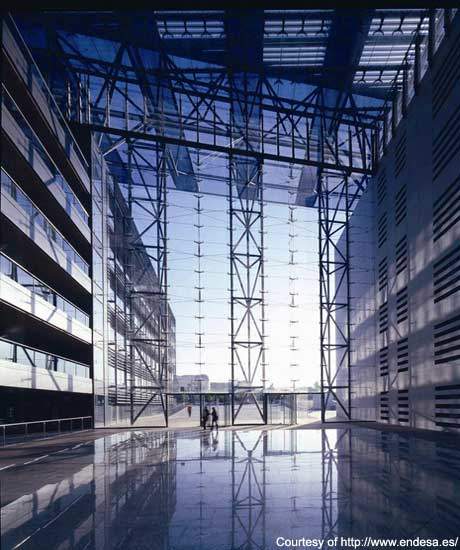Two 230MW CCGTs have been built in Gran Canaria, the largest of the Canary Islands, Spain. Each has two gas turbines and waste heat boilers, and one steam turbine. Unelco Endesa, a subsidiary of Endesa, opened the plants in 2004 and 2007. They cost around €400m in total, and are located at the Barranco de Tirajana thermal plant on Gran Canaria Island.
From August 2003 to the second half of 2004, the first station ran one 70MW open cycle turbine until the combined-cycle system came on line. In 2004, Endesa announced it was to build another 230MW CCGT on Gran Canaria.
Both units offer high efficiency and flexible operation. They have fast start-up, and adapt quickly to load variations. Unit 1 was the first of its kind to operate on the Canary Islands.
SECOND CCGT AT GRAN CANARIA
Work on Unit 2 began in January 2005, The same year, Endesa modelled the excitation and speed governing systems. The excitation systems are AC brushless, and Endesa also studied the design of the power system stabilisers and the model validation compared to the actual response. Start-up was in the spring of 2006 and the combined-cycle facilities came on line a year later.
Endesa awarded the Spanish engineering and construction company Duro Felguera (Olviedo, Spain) the contract for the CCGT. Together with a similar power station in Mallorca, the plant represented the largest industrial investment in the Islands since the Barranco de Tirajana (Gran Canaria) and Granadilla (Tenerife) power plants were built in 1996.
Endesa built three combined-cycle plants at the same time, in response to the growing demand for electricity and the need to guarantee power supplies on the Balearic and Canary Archipelagos. The other two plants were Son Reus II on the Island of Majorca, and Granadilla I on Tenerife.
All three have the same 2×2×1configuration and similar power rating, around 220MW. The principal difference is the main cooling system. Air cooled condensers are used at the Son Reus II facility, while a closed water circuit is used at Barranco de Tirajana and Granadilla.
EXPANDED CAPACITY ON SPANISH ISLANDS
Endesa expressed the aim to build 2,800MW of CCGTs through 2007. Before the Barranco de Tirajana I and Granadilla I combined-cycle plants went into operation, the power-generating capacity on the Canary Islands totalled 2,081MW. That was supplied by 84 coal-fired turbo generating sets and diesel engine-driven generators installed in ten power plants spread over the seven islands that form the archipelago.
At the end of 2004, the total installed capacity of the power plants on Spain’s islands owned and managed by Endesa and its subsidiaries was 3,645MW. The combined-cycle facilities Son Reus II, Barranco de Tirajana I and Granadilla I brought an additional 660MW to the grid, representing an 18% increase.
LEADING SPANISH ELECTRIC UTILITY
Founded in 1944, Endesa is the leading Spanish electric utility and the biggest private electricity multinational in Latin America. The company also has a substantial presence in the electricity sector in the Mediterranean basin, especially in Italy. In December 2006, Endesa ranked sixth by market capitalisation among the European electric utilities. Its total assets were €54,088m.
In recent years, the company has broadened and consolidated its international expansion with a presence in the electricity sector in fifteen countries on three continents. It has total installed capacity of 47,113MW and in 2006 it distributed 220,299GWh of electricity to nearly 23 million customers.
At the end of 2006, Endesa’s workforce totalled 26,758, of which 12,666 worked in Spain and Portugal and 14,092 in its international operations.

